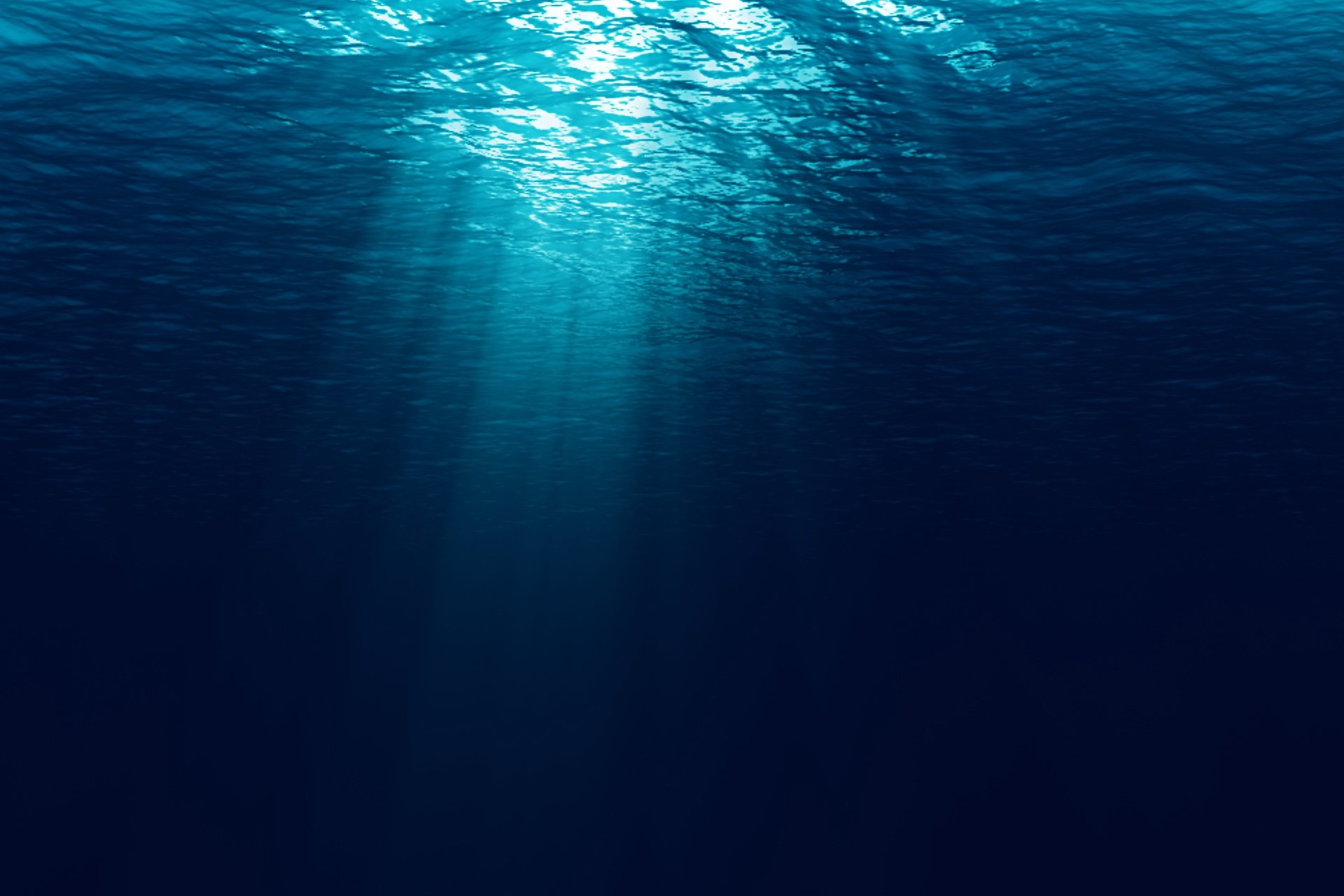Noise from polymetallic nodule collection will be generated in three locations: at the surface, in the water column, and at the seafloor.
At the surface
Trials conducted to date show that surface vessels will be the main source of noise associated with polymetallic nodule collection. As we know from other ocean industries, there are several methods that can be deployed to avoid or minimize the impact of noise on marine life. These include noise abatement systems, the use of specialist Marine Mammal Observers who are trained to monitor for the presence of marine mammals before potentially disruptive activity begins, and the use of underwater sound recorders and specialized software to detect and identify marine mammal vocalizations in real-time.
Where appropriate, these methods will need to be incorporated into Environmental Impact Assessments, Environmental Impact Statements, and Environmental Management and Monitoring Plans.
In the water column
Initial modelling suggests that the level and frequency of noise emitted from the riser will not have a significant effect on marine mammals at distances beyond one kilometer. This is based on a disturbance threshold of current globally accepted noise thresholds.
An important impact mitigation strategy entails avoiding noise in the SOFAR (Sound Fixing and Ranging) channel, which is a zone of the ocean where sound travels further than in other parts. Many marine animals, such as whales and dolphins, rely on low-frequency sounds to communicate over long distances using this channel. Thus, it is important to avoid operating noisy equipment (such as pumps) in the SOFAR channel, which in the Clarion Clipperton Zone typically occurs at 800 to 1500 meters water depth.

A Marine Mammal Observer in action
At the seafloor
Studies performed by the MiningImpact2 consortium of scientists show that, within 400 meters from the source, noise created by a polymetallic nodule collection trial on the seafloor decreased to around 80 dB (well below known acoustic damage and disturbance threshold criteria for cetaceans). This makes sense as nodule collection does not require any cutting, blasting or drilling given the nodules lie loose on the seafloor. Initial calculations indicate similar noise levels are expected from a full-scale seafloor nodule collector.
Any updates from continued work on this topic will be provided in due course.
References
Environmental impacts and risks of deep-sea mining 2018 – 2022. MiningImpact

